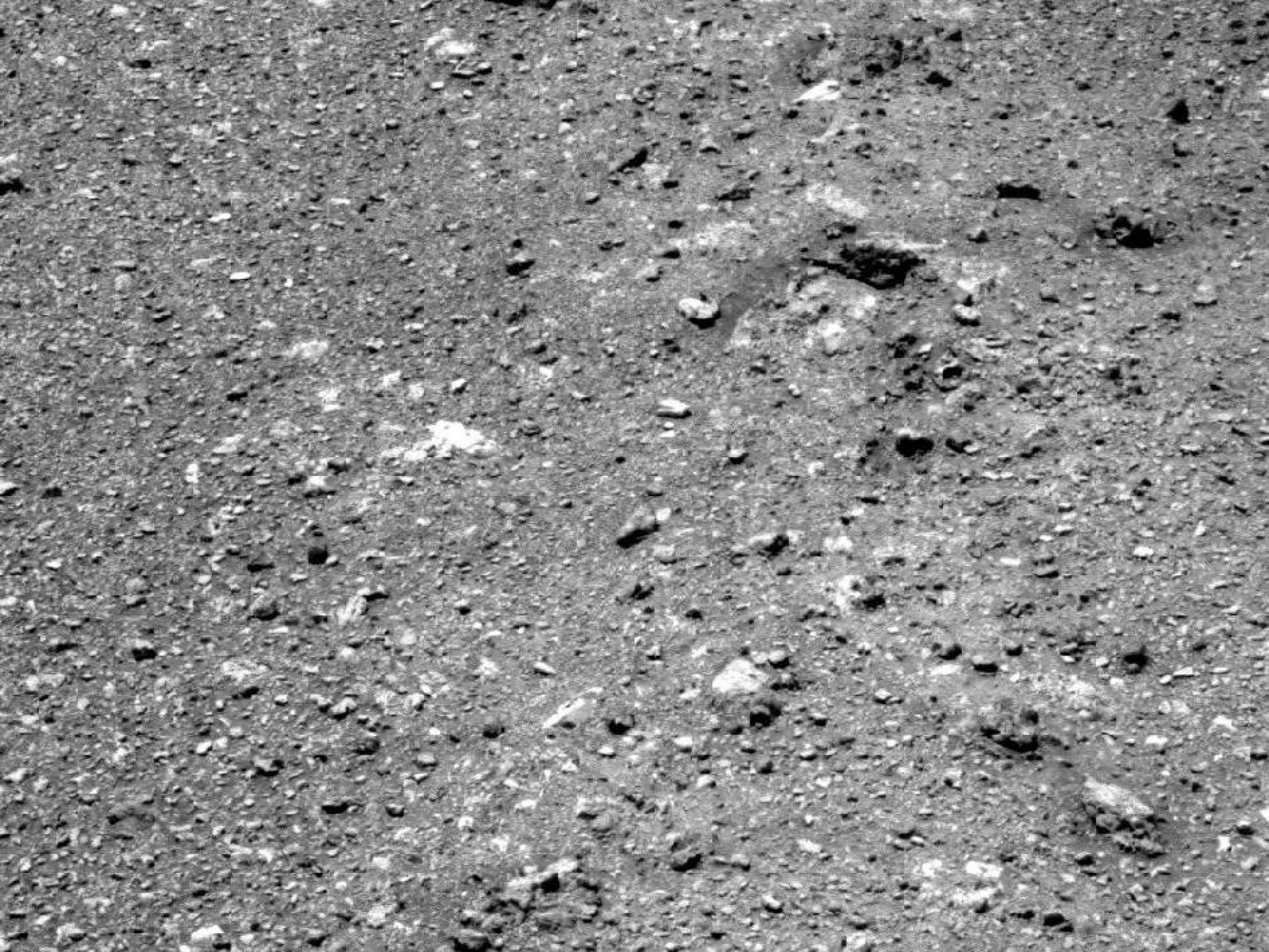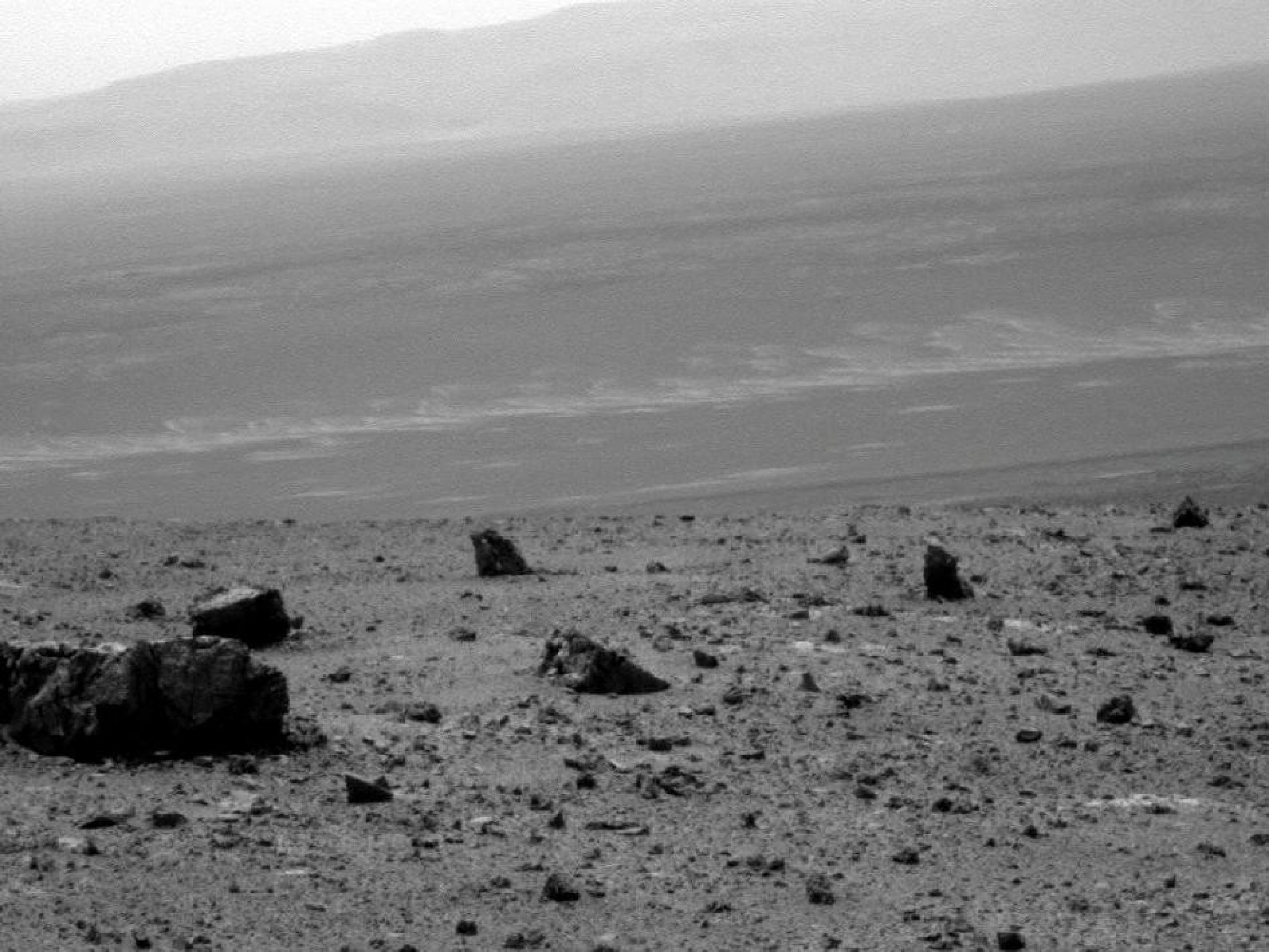Mars Rover Opportunity Sends Snapshots of Endeavor Crater
NASA's Mars Exploration Rover Opportunity, which recently reached the Red Planet's Endeavor crater, has sent back interesting snapshots of the planet's crust.
Opportunity is currently scrutinizing material ejected by a small crater, Odyssey, which marks the rim of the larger crater Endeavor and measures 14 miles in diameter.
In a research article, A review of Martian impact crater ejecta structures and their implications for target properties, Nadine G. Barlow of Northern Arizona Univertsity writes: Most Martian impact craters are surrounded by layered ejecta which were emplaced as flow deposits. Impact cratering produces different morphologic and morphometric features on Mars than on the moon. These difference emanate from the existence of a thin atmosphere and the probable existence of subsurface volatile reservoirs like ice and possibly liquid. Variations in particle size and density of the surface layers and the concentrations of subsurface volatiles combine to produce the variety of ejecta morphologies observed on Mars. Approximately 25 percent of all Martian impact craters retain an observable ejecta blanket.
Impact craters are widely used indicators for the presence of subsurface water or ice on Mars.
The rover covered a 13-mile journey in three years, finally reaching the Endeavor crater.
The Spirit and Opportunity rover have been traversing the surface and making numerous scientific observations of the atmosphere, soil and rocks within Gusev Crater and Meridiani Planum, respectively, since January 2004.
Opportunity landed near the equator in January 2004, on a plain known as Meridiani Planum. It is halfway around the planet from Gusev Crater, where its twin, Spirit, is in action.




© Copyright IBTimes 2025. All rights reserved.





















